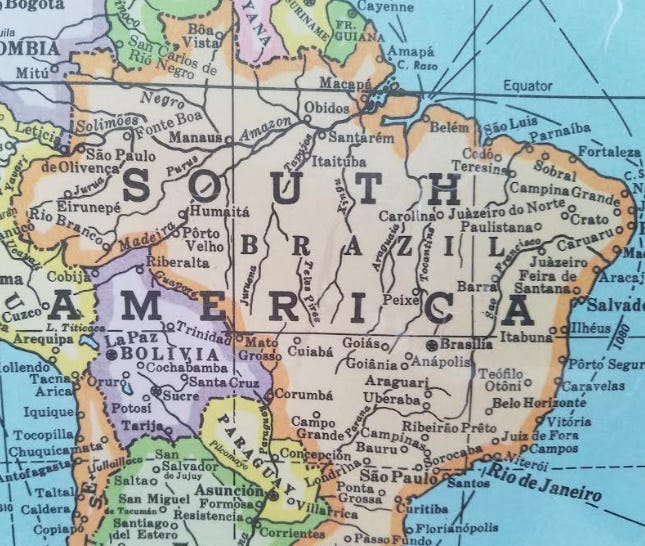In the follow-up on the Oropouche fever outbreak in Brazil, the Ministry of Health reported today that 5,102 cases of the disease have been reported throughout the country.
Of the total, 2,947 cases were reported in Amazonas and 1,528 in Rondônia.
The remaining cases were registered or are under investigation in Bahia, Acre, Espírito Santo, Pará, Rio de Janeiro, Piauí, Roraima, Santa Catarina, Amapá, Maranhão and Paraná.
“For a few weeks now, it has been spreading to other regions of Brazil. It is no longer just concentrated in the North Region, which was how it started. We believed it would be concentrated, but we saw that there was a spread”, warns the Secretary of Health and Environmental Surveillance at the Ministry of Health, Ethel Maciel.
“We introduced surveillance for this new disease, we created guidelines for clinical observation. We didn't have any manual or protocol for Oropouche fever. We distributed the tests to the entire Lacen network [central laboratories] and, therefore, we are able to capture and make the correct diagnosis for this disease. We are closely monitoring and better understanding this new arbovirus”, he explains.
GOODEA.fun 50FT Outdoor String Lights
Most cases of Oropouche fever in the country have been diagnosed in people aged between 20 and 29 years. The other age groups most affected by the disease are 30 to 39 years old, 40 to 49 years old and 10 to 19 years old.
Oropouche fever is a disease caused by Oropouche virus. It is spread through the bites of infected midges (small flies) and mosquitoes.
Symptoms of Oropouche fever are similar to dengue and include headache, fever, muscle aches, stiff joints, nausea, vomiting, chills, or sensitivity to light. Severe cases may result in meningitis.
Symptoms typically start 4–8 days after being bitten and last 3–6 days. Most people recover without long-term effects. Treatment is supportive; no specific medications or vaccines are available.






